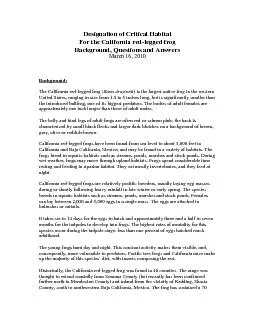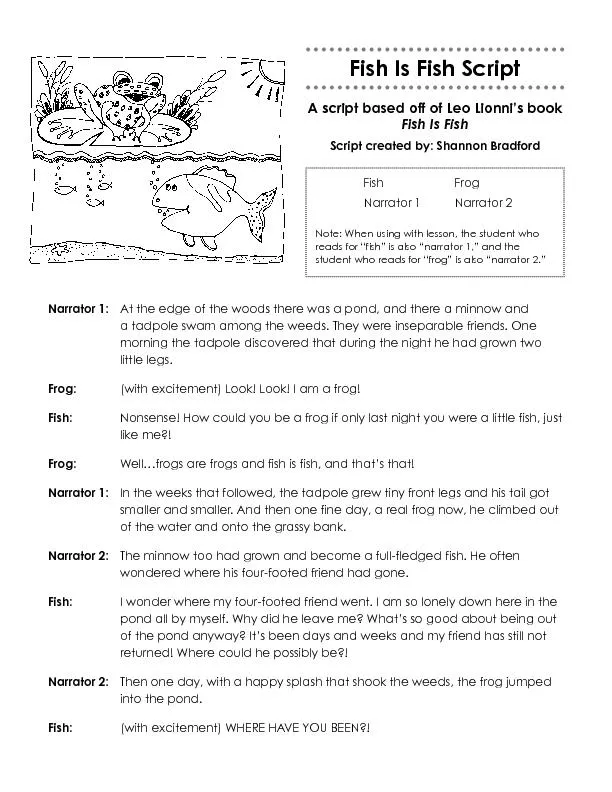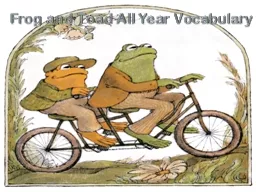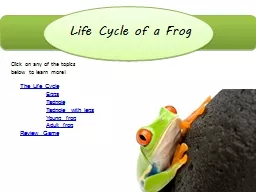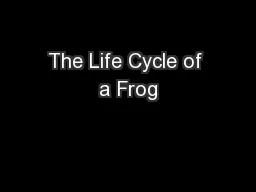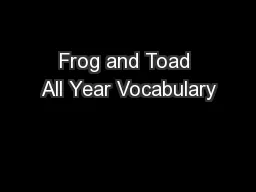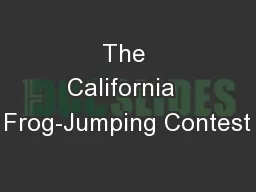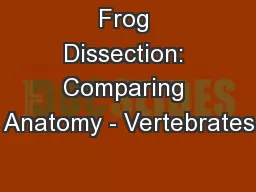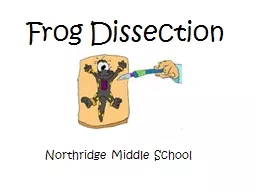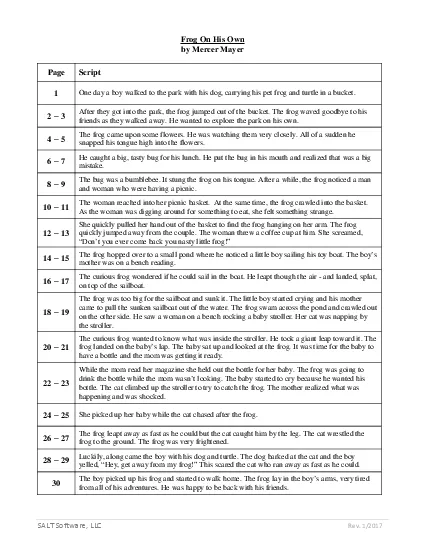PDF-Designation of Critical Habitat For the California red-legged frog Ba
Author : cheryl-pisano | Published Date : 2015-08-24
The California redlegged frogRana draytonii is the largest native frog in the western United States ranging in size from 15 to 5 inches long but is significantly
Presentation Embed Code
Download Presentation
Download Presentation The PPT/PDF document "Designation of Critical Habitat For the..." is the property of its rightful owner. Permission is granted to download and print the materials on this website for personal, non-commercial use only, and to display it on your personal computer provided you do not modify the materials and that you retain all copyright notices contained in the materials. By downloading content from our website, you accept the terms of this agreement.
Designation of Critical Habitat For the California red-legged frog Ba: Transcript
Download Rules Of Document
"Designation of Critical Habitat For the California red-legged frog Ba"The content belongs to its owner. You may download and print it for personal use, without modification, and keep all copyright notices. By downloading, you agree to these terms.
Related Documents

